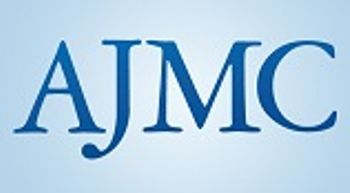
To build on the success and ideas generated at last year's inaugural event, Joslin Diabetes Center once again brought together numerous key stakeholders in the collective battle to conquer diabetes and to provoke thought, innovation, and action. Highlights from Diabetes Innovation, which took place on October 3-5, 2013, in Washington, DC, are available in a special report published by The American Journal of Managed Care.




